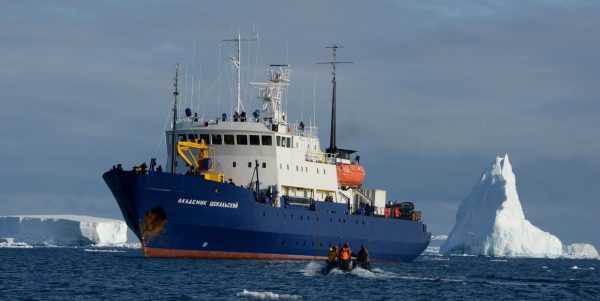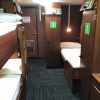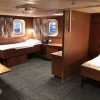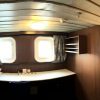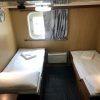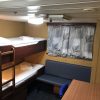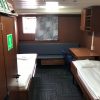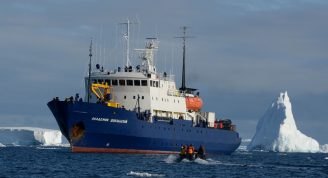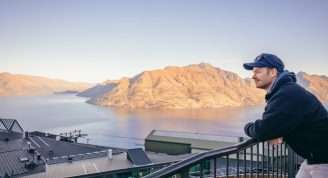Description
Listen to the names: Snares, Bounty, Antipodes, Auckland, Campbell, Macquarie and Chatham Islands. They are music to the ears of ‘Birders’. Apart from the Chathams, these islands are probably more isolated now than they were when they were discovered in the late 1700s and early 1800s and were regularly visited by sealers, whalers and government steamers searching for castaway sailors. It is relatively simple to get to the Chatham Islands, but opportunities to visit the others are rare. This expedition, one of a number operated each year by Heritage Expeditions, is the only one to include all of these islands.
The islands occupy the tempestuous latitudes of the Roaring Forties and the Furious Fifties, but they are also known as the Albatross Latitudes and with good reason. Ten of the world’s albatross species breed in the region; five of them nowhere else but here! In fact, this zone where the air is never still hosts the most diverse collection of seabirds in the world. More than 40 species breed here – that is at least 11 per cent of the entire world’s seabird population.
With the exception of the Chathams, the islands are all designated UNESCO World Heritage sites and are afforded the highest conservation status and protection by the Australian and New Zealand governments, so passage to their shores is not granted lightly. There are also islands that we visit within the Chatham Islands’ Archipelago with similar status and protection.
This expedition has huge appeal to pelagic enthusiasts, penguin fanatics and those interested in island endemics. Though you don’t have to be a keen birder to enjoy this voyage. People interested in islands and island ecology, botany, geology and an increasing number of photographers have enjoyed this trip immensely, as have those interested in the history of southern ocean discovery and exploration.
This is one of our ‘signature expeditions’ which has operated annually for more than 20 years, so you will benefit from the knowledge and expertise gained over that time.


